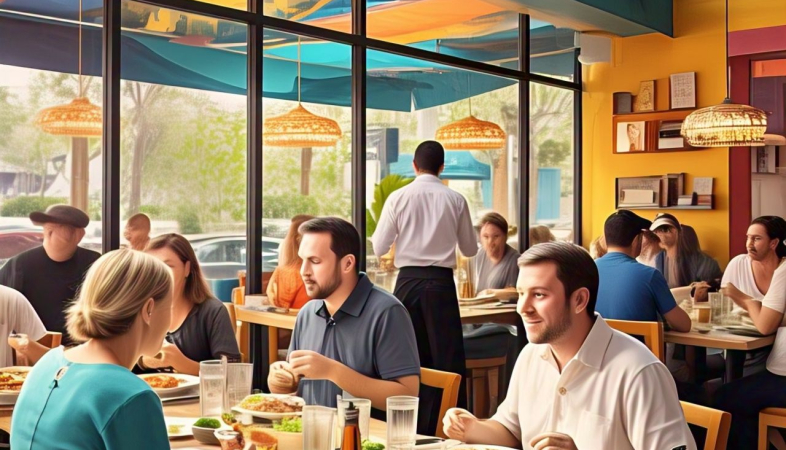Peak Season Pricing: How to Maximize Revenue Without Losing Customers
A well-executed peak-season pricing strategy ensures that both profitability and guest satisfaction are optimized, setting the stage for long-term success.
For hotels, restaurants, and catering businesses, peak
seasons present a golden opportunity to boost revenue. However, simply
increasing prices during high-demand periods can alienate customers if not done
strategically. The key to maximizing revenue while maintaining customer loyalty
lies in smart pricing tactics, enhanced value offerings, and a well-planned
communication strategy.
One effective approach is implementing dynamic pricing, where rates fluctuate based on demand, availability, and booking trends. Many hotels and restaurants use data analytics to predict demand patterns and adjust prices accordingly. Online booking platforms and revenue management systems help businesses automate this process, ensuring that prices remain competitive while optimizing profit margins.
Bundling services is another way to justify price increases without deterring customers. Hotels can offer packages that include complimentary breakfast, spa treatments, or event access, while restaurants might introduce prix-fixe menus with exclusive dishes during peak times. Catering businesses can add premium touches, such as customized décor or specialty menu items, making the higher price feel like a worthwhile investment.
Loyalty programs can also help retain customers despite peak-season price hikes. Offering exclusive discounts, early booking benefits, or priority reservations to repeat guests fosters customer loyalty. A well-structured rewards program ensures that customers feel valued, encouraging them to return even when prices are higher.
Transparent communication about price changes is essential to maintaining trust. Instead of simply raising prices, businesses should explain the added value customers receive. Highlighting the reasons behind peak-season pricing—such as higher operational costs, premium ingredients, or special seasonal offerings—helps customers perceive the price increase as justified rather than exploitative.
Encouraging off-peak bookings can also balance revenue while easing peak-season congestion. Hotels can offer discounts for mid-week stays, restaurants can promote early-bird specials, and catering services can provide incentives for events scheduled outside of peak hours. This strategy not only smooths out demand but also enhances customer satisfaction by reducing overcrowding.
Finally, businesses must ensure that service quality remains impeccable despite high demand. Customers are more likely to accept higher prices if they receive exceptional service, personalized experiences, and premium offerings. Investing in staff training, efficient operations, and unique seasonal experiences can reinforce the value behind peak-season pricing.
By strategically adjusting prices, enhancing perceived value, and maintaining strong customer relationships, businesses can maximize revenue without sacrificing customer loyalty. A well-executed peak-season pricing strategy ensures that both profitability and guest satisfaction are optimized, setting the stage for long-term success.
.png)





























